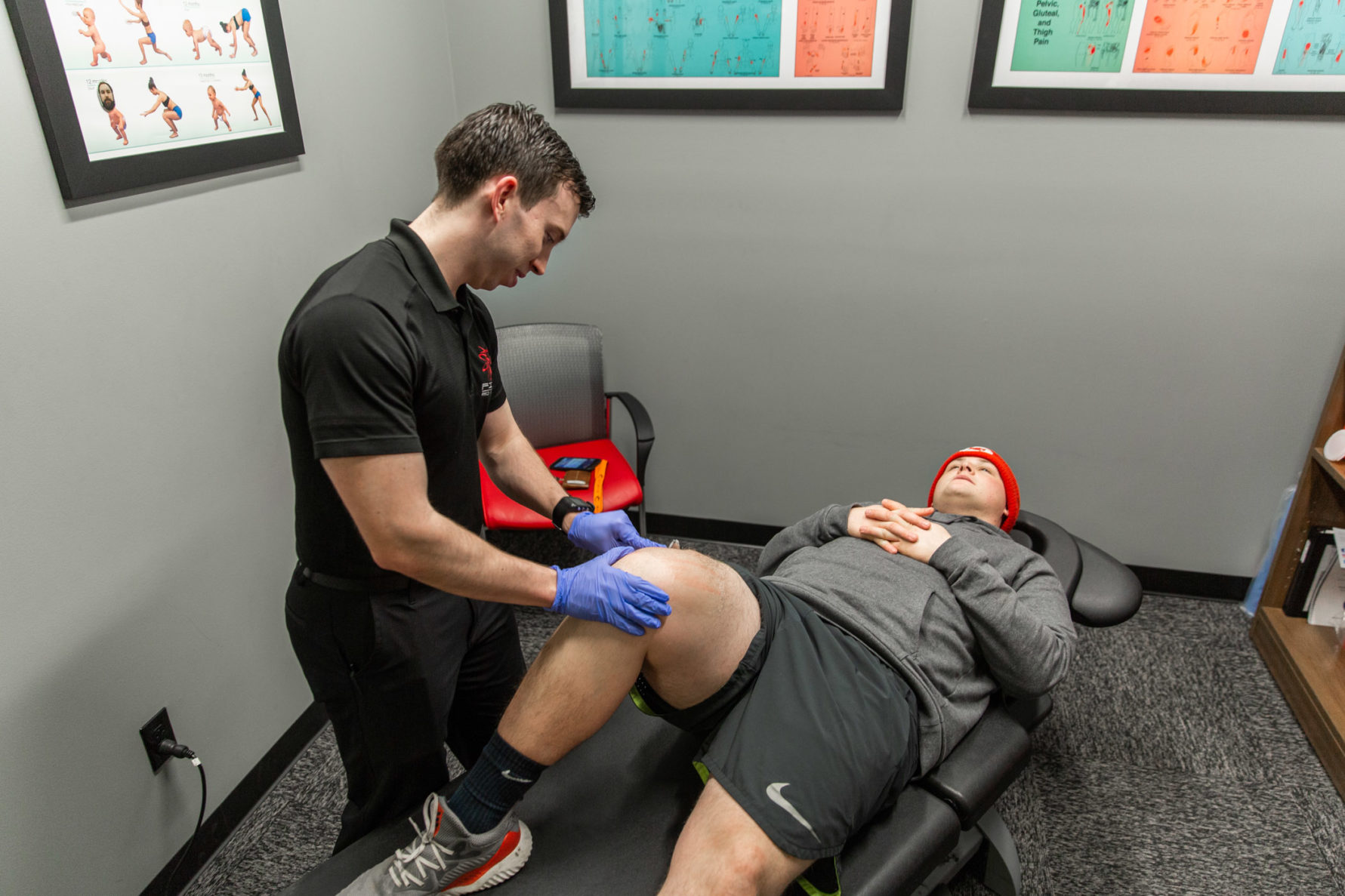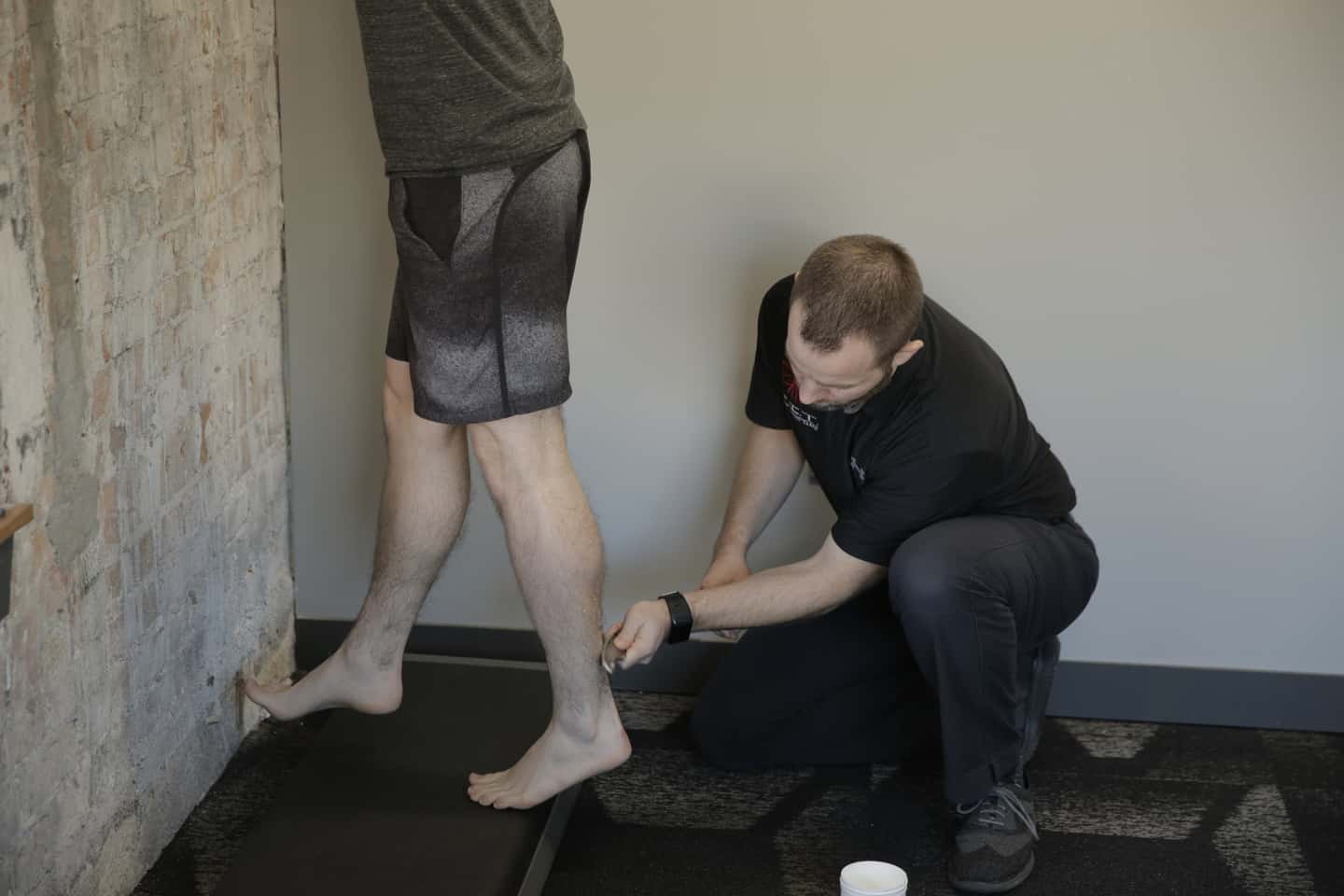Physiotherapy is also referred to as physical therapy. Physical therapy involves evaluating, diagnosing, and treating a range of diseases, disorders, and disabilities using physical means. Practiced by physiotherapists or physical therapists, it is considered within the realm of conventional medicine. Methods for diagnosis can vary, depending on the situation, though physical examinations and testing are often employed for evaluation. Treatments can include a wide range of practices, including massage, applications of heat or electricity, and assistance with using mobility devices such as walkers and crutches.

Physical therapy is a conservative management approach that doesn’t include invasive procedures in order to improve one’s overall health and well-being. Physical therapy uses a wide variety of techniques to improve how the body heals itself and optimizes the functional biomechanical movements of tissues. Physical therapy can include: Graston, Dry needling, massage, therapeutic exercise, neuromuscular re-education, work hardening, gait training, orthotic fitting, hot and cold therapy, electrical stimulation, ultrasound, manual therapy, durable medical equipment training, functional assessments, and therapeutic activity.
Most manual therapy is composed of the physical therapist using their hands, or tools to improve soft tissue movement and break down any tissue adhesions that may occur after injury. Physical therapists can combine these soft tissue treatments with movement to optimize tissue tension and pull of the muscles in order to improve biomechanical function. Therapeutic exercise can be a combination of exercises the physical therapist uses to strengthen, stabilize, or mobilize during the treatment session to treat the area of injury. Physical therapists can use therabands, kettle bells, free weights, dumb bells, TRX, and canes to achieve the goals of the therapy treatment session.

Physical therapists should also combine some sort of neuromuscular activation technique to improve overall performance of the muscle and activation control. Neuromuscular activation can include electrical stimulation through Estim, dry needling, combination stimulation, static positioning, and neurodynamic stabilization exercises. The purpose of improving neuromuscular activation of muscles is that musculoskeletal biomechanics are improved, increased overall strength, improved total muscle fiber activation, improved joint mechanics and control, decrease pain, and return people to prior level of function.
It is important that physical therapists perform thorough evaluations in order to conclude the correct diagnosis for patients. Finding the correct path and approach for physical therapy during treatment sessions is an important component for obtaining good outcomes for patients. Here at F.I.T. our doctors have one on one patient time for all treatment sessions and take time to develop personal treatment plans for our patients. Development of personal treatment plans and one on one patient interaction helps develop a faster recovery and enhances patients’ outcomes with therapy.
At F.I.T. Muscle & Joint Clinic, we treat in a physical therapy and chiropractic mindset to fix faulty biomechanics and train the body/mind for proper function. We currently serve the Kansas City Metro area, including Overland Park, Shawnee, Olathe, Gardner, Leawood, Prairie Village, Belton, Lees Summit, Blue Springs, and Lawrence. Please contact F.I.T. today for more information! New Patients are always welcome.



